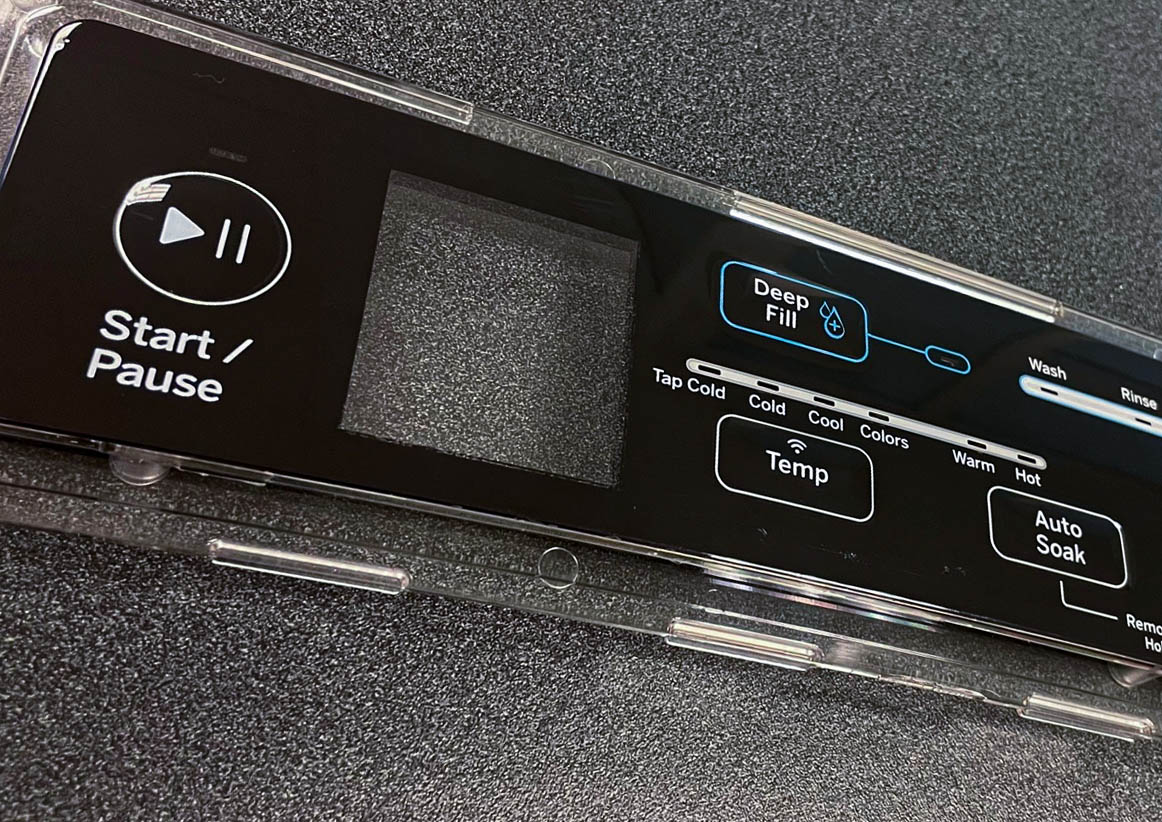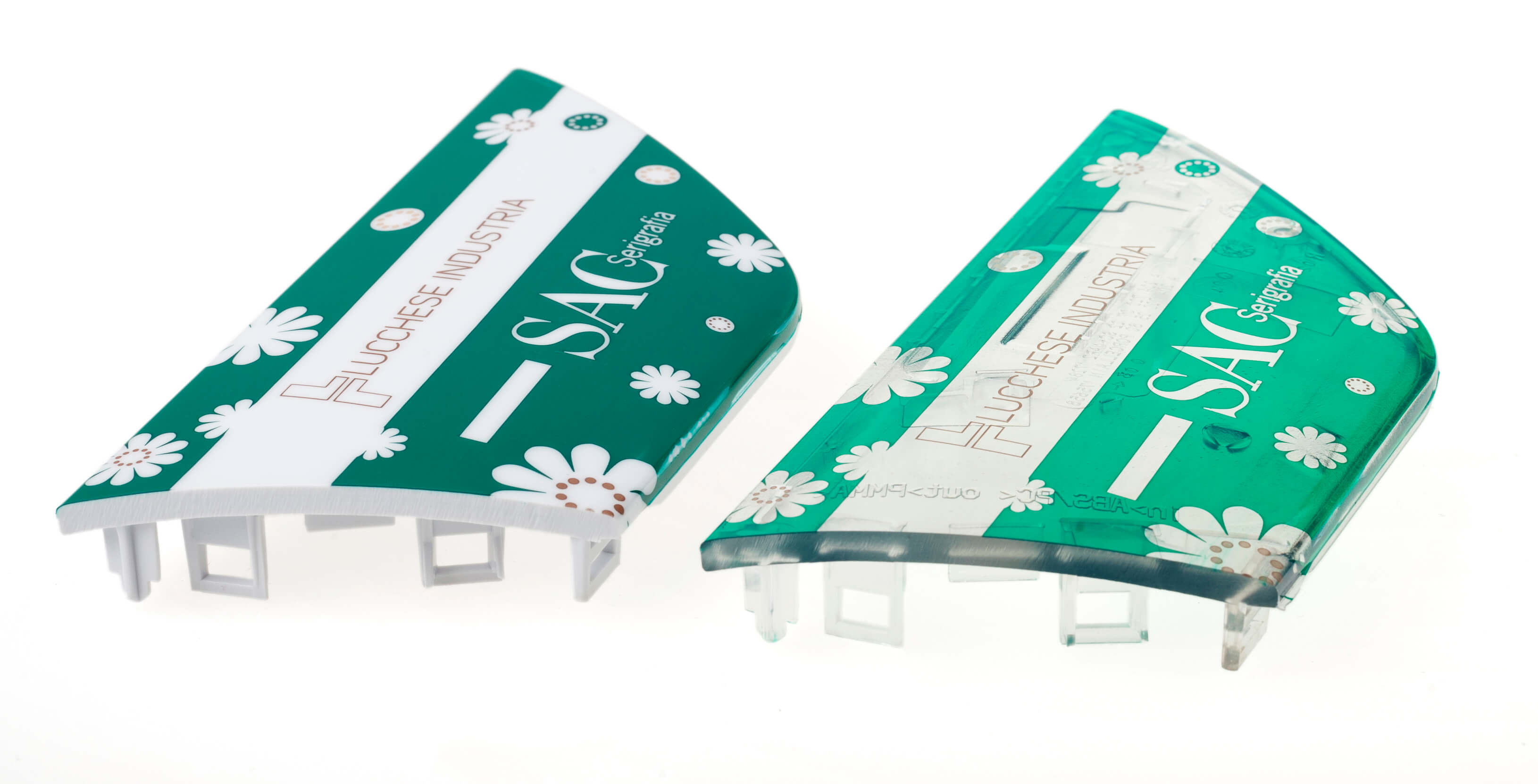In-Mold Decorations in Modern Manufacturing: A Comprehensive Overview
In-Mold Decorations Demystified: Opening the Secrets Behind This Innovative Production Process
In today's fast-paced manufacturing landscape, in-mold decorations have arised as an innovative strategy that proceeds to intrigue market experts. Remain tuned as we dissect the underlying principles and introduce the enigmatic attraction of in-mold designs, dropping light on the tricks that move this process to the forefront of modern-day production methods.
The Development of In-Mold Decorations
The development of in-mold decorations has been marked by substantial innovations in modern technology and layout technology. Originally, in-mold decors were restricted in their complexity and color options. However, with the advent of brand-new production strategies and products, the possibilities have actually expanded significantly.
One trick innovation has actually been the growth of high-resolution printing procedures that permit for complex layouts with lively shades to be moved onto products during the molding procedure. This has actually allowed suppliers to achieve photorealistic photos and detailed graphics that were formerly unattainable.
Furthermore, the assimilation of robotics and automation in the in-mold decoration process has actually boosted efficiency and uniformity in applying decorations to items. This not only reduces production time however likewise boosts the general quality of the completed items.
Understanding the In-Mold Refine
Significant by significant improvements in technology and design technology, the evolution of in-mold designs has actually led the way for a deeper understanding of the complex procedure involved in creating these ornamental components. The in-mold procedure is a sophisticated manufacturing strategy where decorative aspects are incorporated straight right into the last item throughout the molding procedure. This method involves putting a pre-designed design, such as a visuals or tag, right into the mold and mildew cavity before injecting the material. As the material streams right into the mold and mildew, it bonds with the decor, resulting in a seamless integration of the design into the product.
Comprehending the in-mold procedure needs precise control over different specifications, including temperature, timing, and pressure, to make sure the decoration sticks properly to the product. In addition, picking the right materials is important to accomplishing top notch results. By mastering the details of the in-mold procedure, suppliers can generate visually striking products with resilient, lasting designs that enhance both the aesthetic appeals and capability of the last item.
Benefits of In-Mold Decorations
Advancing item aesthetics and resilience, in-mold decorations supply a structured strategy to incorporating attractive aspects throughout the production process. One of the key benefits of in-mold decorations is the seamless assimilation of graphics, structures, and shades directly into the item throughout the molding process. In-Mold Decorations. This gets rid of the requirement for post-production decor methods, such as painting or printing, which can be costly and lengthy
Furthermore, in-mold decorations are extremely sturdy as the graphics are encapsulated within the item, making them resistant to wear, scratches, and fading. This leads to items that preserve their aesthetic helpful resources allure and branding for a longer period, even in severe atmospheres.
Along with boosting appearances and sturdiness, in-mold decors additionally supply increased design flexibility. Producers can quickly integrate complex styles, appearances, and branding components that you can find out more would certainly be difficult or tough to attain with traditional design methods.
Applications Across Industries
Across numerous sectors, in-mold decorations have actually found flexible applications that boost both the visual charm and longevity of products. Furthermore, the device industry uses in-mold decors to create long-lasting and elegant control panels and fascia for items like refrigerators and stoves. On the whole, in-mold decorations provide a economical and reliable method to boost the visual appeals and toughness of items throughout a wide range of markets.

Future Trends in In-Mold Innovation
The advancement of in-mold designs is positioned to continue forming the landscape of product layout and manufacturing as Future Trends in In-Mold Technology guarantee innovative options to even more boost visual aesthetic appeals and item toughness. Additionally, innovations in electronic printing methods are making it possible for producers to attain greater modification and detail in in-mold designs, opening up brand-new possibilities for imaginative product styles. An additional significant pattern is the assimilation of smart innovations, such as NFC tags or LED lighting, directly right into in-mold decors, adding interactive and useful aspects to products.

Verdict
In-mold designs have reinvented the production procedure by flawlessly integrating design elements into products. With its many advantages and functional applications throughout various markets, in-mold innovation is positioned to proceed advancing and forming the future of production.
By mastering the complexities of the in-mold process, producers can create aesthetically striking items with sturdy, durable decorations that enhance both the looks and capability of the last item.
Progressing item appearances and sturdiness, in-mold designs use a structured strategy to incorporating attractive components throughout the manufacturing process. One of the crucial benefits of in-mold decors is the seamless integration of colors, graphics, and appearances Read More Here straight into the item during the molding procedure.The development of in-mold decorations is poised to proceed forming the landscape of product style and manufacturing as Future Trends in In-Mold Modern technology assure innovative options to better enhance visual appearances and item longevity.In-mold decors have changed the production process by seamlessly integrating style components into products.